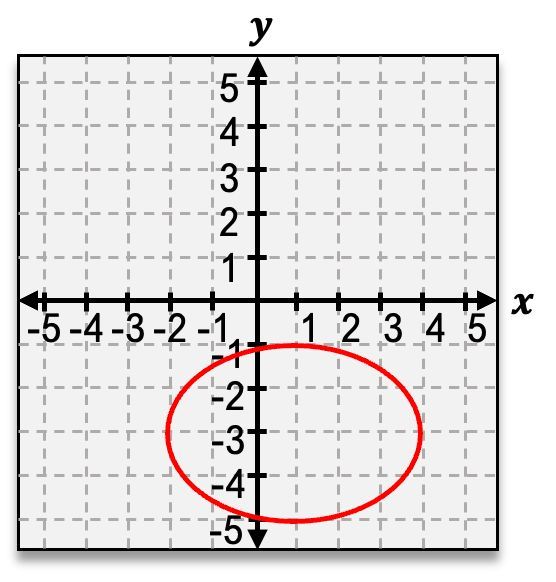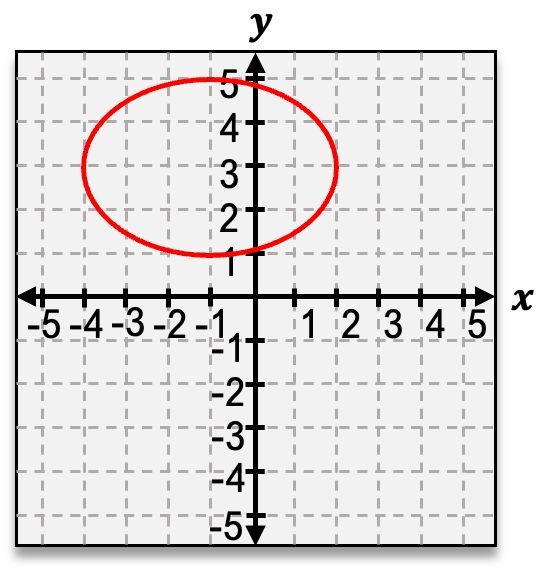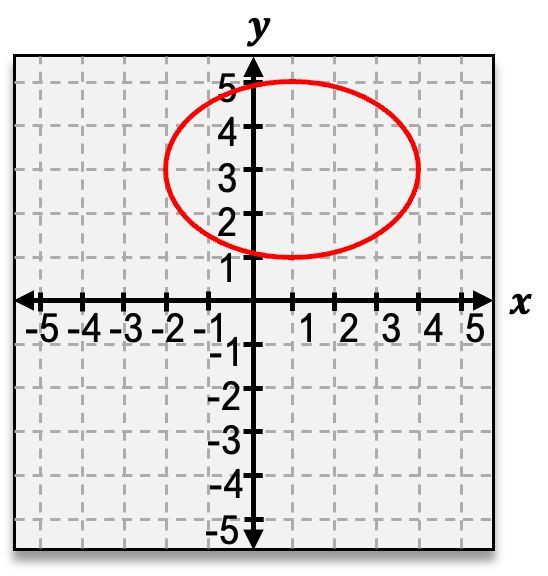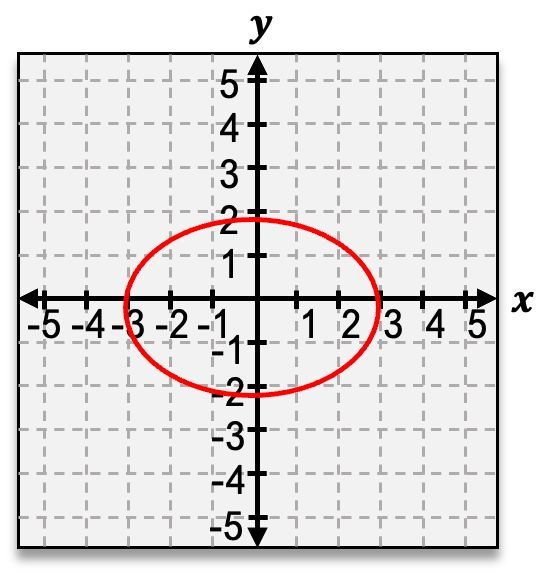Given the ellipse equation , determine the magnitude of the semi-major axis (a) and the semi-minor axis (b).
Table of contents
- 0. Functions7h 54m
- Introduction to Functions16m
- Piecewise Functions10m
- Properties of Functions9m
- Common Functions1h 8m
- Transformations5m
- Combining Functions27m
- Exponent rules32m
- Exponential Functions28m
- Logarithmic Functions24m
- Properties of Logarithms36m
- Exponential & Logarithmic Equations35m
- Introduction to Trigonometric Functions38m
- Graphs of Trigonometric Functions44m
- Trigonometric Identities47m
- Inverse Trigonometric Functions48m
- 1. Limits and Continuity2h 2m
- 2. Intro to Derivatives1h 33m
- 3. Techniques of Differentiation3h 18m
- 4. Applications of Derivatives2h 38m
- 5. Graphical Applications of Derivatives6h 2m
- 6. Derivatives of Inverse, Exponential, & Logarithmic Functions2h 37m
- 7. Antiderivatives & Indefinite Integrals1h 26m
- 8. Definite Integrals4h 44m
- 9. Graphical Applications of Integrals2h 27m
- 10. Physics Applications of Integrals 3h 16m
- 11. Integrals of Inverse, Exponential, & Logarithmic Functions2h 34m
- 12. Techniques of Integration7h 41m
- 13. Intro to Differential Equations2h 55m
- 14. Sequences & Series5h 36m
- 15. Power Series2h 19m
- 16. Parametric Equations & Polar Coordinates7h 58m
16. Parametric Equations & Polar Coordinates
Conic Sections
Struggling with Calculus?
Join thousands of students who trust us to help them ace their exams!Watch the first videoMultiple Choice
Graph the ellipse 9(x−1)2+4(y+3)2=1.
A
B
C
D
 Verified step by step guidance
Verified step by step guidance1
Step 1: Recognize the equation of the ellipse: \( \frac{(x-1)^2}{9} + \frac{(y+3)^2}{4} = 1 \). This is the standard form of an ellipse centered at \((h, k)\), where \(h = 1\) and \(k = -3\).
Step 2: Identify the semi-major and semi-minor axes. The denominator under \((x-1)^2\) is \(9\), which corresponds to \(a^2\), and \(a = 3\). The denominator under \((y+3)^2\) is \(4\), which corresponds to \(b^2\), and \(b = 2\).
Step 3: Determine the orientation of the ellipse. Since \(a^2 = 9 > b^2 = 4\), the ellipse is horizontally oriented, meaning the major axis is along the x-axis.
Step 4: Plot the center of the ellipse at \((1, -3)\). From the center, move \(3\) units left and right along the x-axis to mark the vertices \((1-3, -3)\) and \((1+3, -3)\), which are \((-2, -3)\) and \((4, -3)\).
Step 5: Move \(2\) units up and down along the y-axis to mark the co-vertices \((1, -3-2)\) and \((1, -3+2)\), which are \((1, -5)\) and \((1, -1)\). Draw the ellipse passing through these points.

 3:8m
3:8mWatch next
Master Geometries from Conic Sections with a bite sized video explanation from Patrick
Start learningRelated Videos
Related Practice
Multiple Choice
65
views
1
rank






